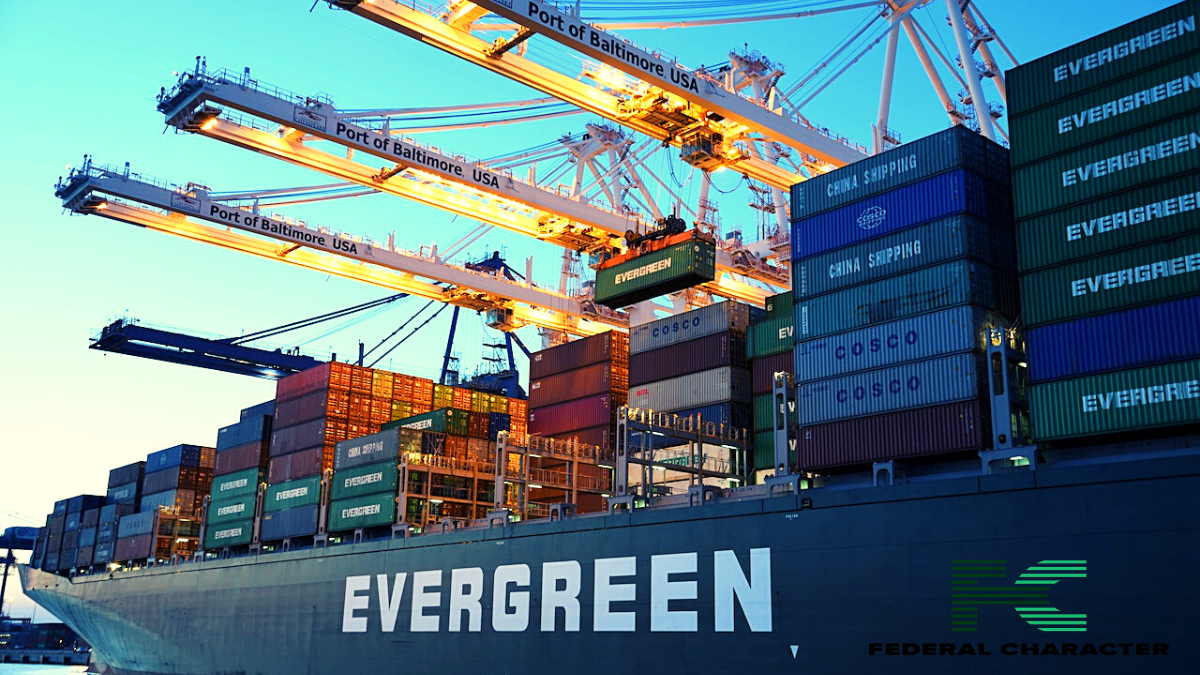Pope Francis solidified his enduring legacy on Saturday by appointing 21 prelates to the esteemed position of cardinal, a move that significantly bolsters the percentage of cardinals handpicked by him with the authority to participate in selecting his successor. This momentous event took place in St. Peter’s Square during a consistory ceremony, where Pope Francis officially bestowed the title of cardinal upon these individuals, who are often referred to as the “princes of the Church” and serve as his closest advisers both within the Vatican and worldwide.
With this latest addition, there are now 137 cardinal electors, approximately 73 percent of whom were personally appointed by Pope Francis. While this development does not guarantee complete alignment with his progressive and inclusive vision for the Church, it does elevate the prospects of a future pope who shares his ideals.
Of the 21 newly appointed cardinals, 18 are under the age of 80, making them eligible, according to Church law, to participate in the secret conclave responsible for electing the next pope after the eventual retirement or passing of Pope Francis. These individuals are known as cardinal electors. The remaining three, aged 80 or over, were honored for their long-standing service to the Church.
This diverse group of new cardinals hails from various corners of the world, including the United States, France, Italy, Argentina, Switzerland, South Africa, Spain, Colombia, South Sudan, Hong Kong, Poland, Malaysia, Tanzania, Venezuela, and Portugal. South Sudan’s first cardinal and Malaysia’s second in history exemplify Pope Francis’ commitment to recognizing and empowering regions he considers the “peripheries” of the world, often marked by conflict or where Catholics constitute a minority.
One notable appointment is Bishop Stephen Chow Sau-Yan of Hong Kong, who plays a pivotal role in the Catholic Church’s engagement with communist China, an area where the Vatican is striving to enhance conditions for Catholics. Bishop Chow’s historic visit to Beijing in April underscored the significance of this diplomatic endeavor. Another key selection is Italian Bishop Pierbattista Pizzaballa, who serves as Pope Francis’ apostolic administrator in the Holy Land, where the Vatican is concerned about the preservation of Christianity’s historical presence.
This marks Pope Francis’ ninth consistory since his election in 2013 and reflects the ongoing transformations within the Church over the past decade. During this time, the proportion of Asian and African cardinal electors has increased, while the representation from Europe has declined.
As Pope Francis approaches his 87th birthday in December, the timing of any future consistories, whether in the coming year or in 2025, hinges on his health and longevity. Despite some physical challenges, including the use of a wheelchair and cane, and several medical procedures, he maintains a busy schedule. On October 4, he is set to inaugurate a month-long major meeting in the Vatican known as a synod, which could chart the course for the Church’s future.
In his Saturday morning homily, Pope Francis called for an “ever more symphonic and synodal Church,” employing the metaphor of an orchestra to address divisions within the 1.3 billion-member Church. He emphasized the need for all segments of the Church to collaborate harmoniously rather than one section or instrument overpowering the others. As the “conductor,” he pledged to listen attentively and strive for “creative fidelity.”
The upcoming October 4-29 synod has been two years in the making, involving consultations with Catholics worldwide to gather their perspectives on the Church’s future. Supporters view this as an opportunity to reshape the Church’s power dynamics and amplify the voices of lay Catholics, including women and marginalized individuals. However, conservatives argue that this process may undermine the Church’s hierarchical structure and potentially dilute traditional doctrine. A second and final session of the synod is scheduled for 2024.














